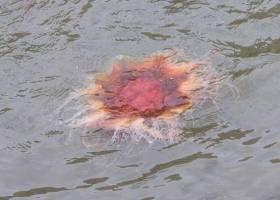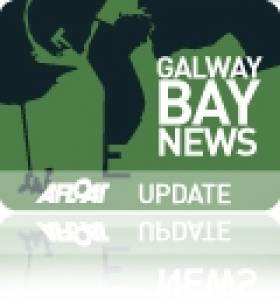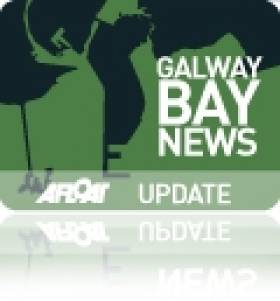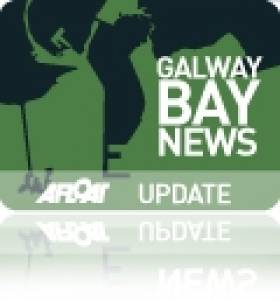Displaying items by tag: Ironman
Triathlon Under Threat From Dangerous Jellyfish In Sandycove
#Jellyfish - Organisers of tomorrow's Ironman triathlon in Dublin Bay are currently monitoring the appearance of Lion's Mane jellyfish in the waters of the swimming course.
According to The Irish Times, the Ironman event is scheduled to begin early on Sunday 14 August with a 1.9km swim across the bay from Sandycove, which has been red-flagged since Wednesday after a number of the dangerous jellyfish washed up on the beach.
The Lion's Mane's powerful sting is known to cause anaphylactic shock, which is potentially fatal – and the sting is still potent even days after a jellyfish has died, as previously reported on Afloat.ie.
Triathletes Cross the Line at First Galway Ironman
RTÉ presenters Kathryn Thomas and Gráinne Seoige were among the 2,000 competitors who crossed the finish line at the Ironman triathlon in Galway yesterday.
According to the Irish Independent, the duo took part in the relay competition in aid of Irish Autism Action.
Meanwhile, fellow celebrity and Boyzone star Keith Duffy took on the challenge of completing the entire 70.3-mile course, finishing with a time of 5 hours 40 minutes.
The first Ironman event to be held in Galway comprised a swim across Galway Bay, a 90km cycle across Connemara and a 21km run through the streets of the City of the Tribes.
However adverse conditions at the start of the race saw the swimming stage reduced from 1.9km to 1km for safety reasons.
Among the elite competitors, first home was Switzerland's Mike Aigroz, with a time of 3:50:12. Best among the Irish men was Cork's Owen Cummins at 4:01:26.
Britain's Lucy Gossage came first in the women's section at 4:02:09, while Irish national record holder Joyce Wolfe set a time of 5 hours 44 seconds.
Correction: The original version of this story had the distance of the swimming stage as reduced from 1.9km to 700m, but the official Ironman Galway website confirms the swim distance as 1km.
Two Months To Go Till Galway Ironman
There's less than two months to go till the inaugural Ironman triathlon in Galway.
As reported on Afloat.ie last year, the City of the Tribes was chosen to host Ireland's first ever Ironman 70.3 event on 4 September.
Thirty-five qualifiying slots at the Ironman 70.3 World Championship in Florida are up for grabs in the event, which comprises a 1.9km swim in Galway Bay, a 90km bike ride through Connemara and a 21.1km run through the city streets, finishing at Eyre Square.
Individual registrations are now closed for the race, but some slots are still available with charity teams. For details visit ironmanireland.com.
Ireland Joins Ironman Calendar for 2011
Galway will play host to Ireland's first ever Ironman triathlon next year.
Registration opens next Monday 11 October for the Ironman 70.3 event on 4 September 2011, which will comprise a 1.9km swim in Galway Bay, a 90km bike ride through Connemara and a 21.1km run through the streets of the City of the Tribes.
Fifty qualifying slots for the Ironman 70.3 World Championships will be up for grabs, so the competition is sure to be intense.
For more details on the event and registration visit ironmanireland.com
































































